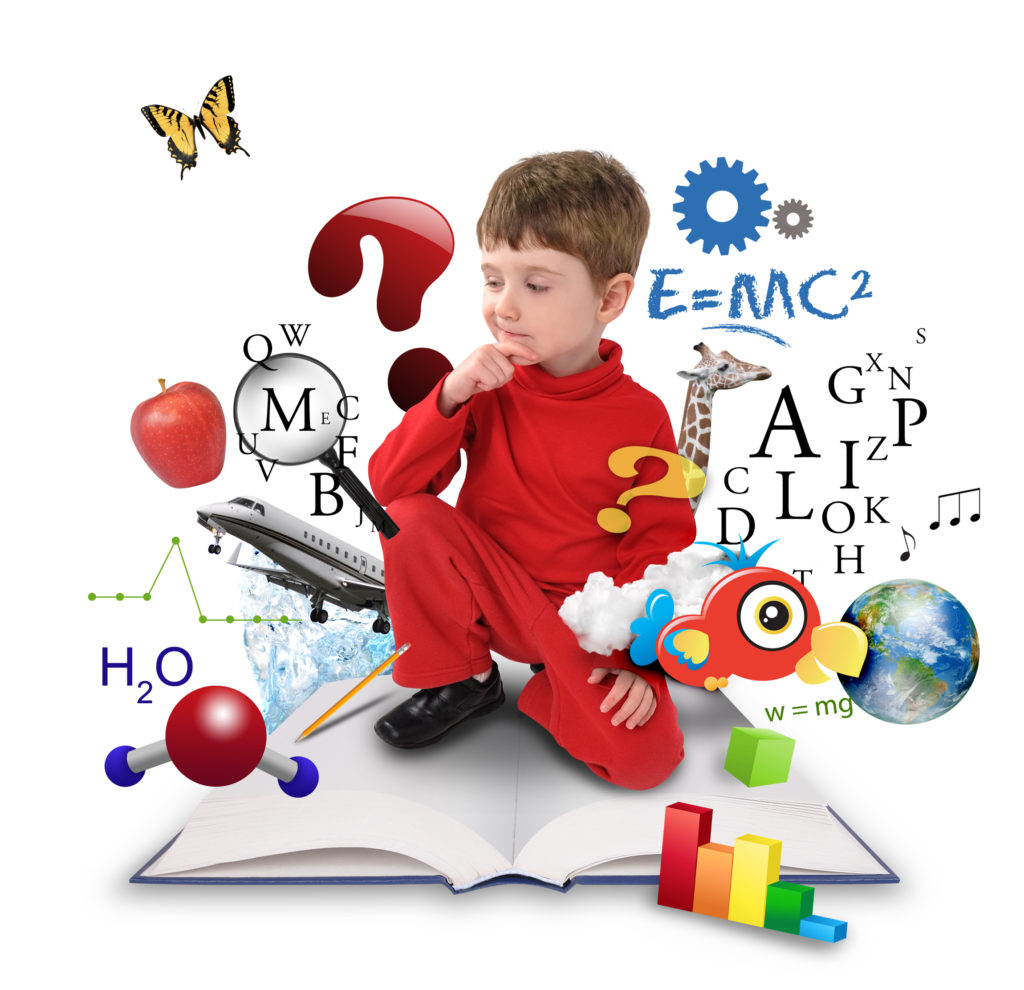Even with all these years, technology is still a fashionable button issue. Some educators and students love and employ technology flawlessly daily, although some hate it and don’t discover why they must be instructed to apply it at all.

In addition, complicating any discussion of the role of technology in schools could be the perceived inequality gap between rich and poor school districts. Some schools appear to have endless resources for new technology (think iPads and 3D printers), while other schools need to use what wealthier schools might disregard as old.
Similarly, supporters of technology point out that technology inside the classroom encourages independent learning, teaches real-world life skills (e.g. creating messages, online etiquette), inspires creativity, and helps students experiment in disciplines such as science by utilizing more using new tools.
Conversely, critics of technology inside the classroom point out that it results in distraction (particularly when students are checking Facebook rather than pay attention), fosters poor studying and research habits (e.g. just searching Google instead of really researching an interest using library resources), and may result in problems like cyber bullying or perhaps the invasion of privacy.
What’s clear is there are certain trade-offs associated with technology. Educators shouldn’t view technology being a panacea that will magically teach students the way to read when they get access to an iPad. And students shouldn’t view tablets, phones, and 3D printers simply as toys to avoid the real work of studying.
That’s why the main element figure in any discussion about technology inside the classroom (and from the classroom) could be the teacher. In case a US job for Philippines teacher really wants to supplement an in-class lessons with internet resources, he or she must even be sure all students have equal use of those resources. Some students may live in a home with use of multiple computers and tablets, although some might live in a home and then there isn’t any use of this technology.
The aim of technology must be to make learning quicker and simpler for many students. Knowning that can indicate challenging many assumptions about how students learn best. By way of example, one trend inside U.S. educational strategy is “flipping the classroom,” where online learning plays a crucial role. Unlike the regular classroom, where lectures come about through the school days and homework gets done at night, a “flipped classroom” ensures that students help teachers on homework through the school day and after that watch online video lectures at night.
And there’s an additional component that should be taken into account, and that’s the capacity for technology to prepare students for the realm of the longer term. That’s why many U.S. educators are paying attention to information technology and coding – they’ve even described coding/programming being a new fundamental skill inside the digital economy, right alongside literacy. In cases like this, obviously, it really is computer literacy that means something.
Whether it’s online education, iPads, gaming or BYOD, technology can play a vital role in the foreseeable future development of education. It’s very important to any teacher to comprehend various issues at play anytime they introduce technology to the lesson plan and the overall classroom experience.
To read more about US job for Philippines teacher see the best internet page: here
